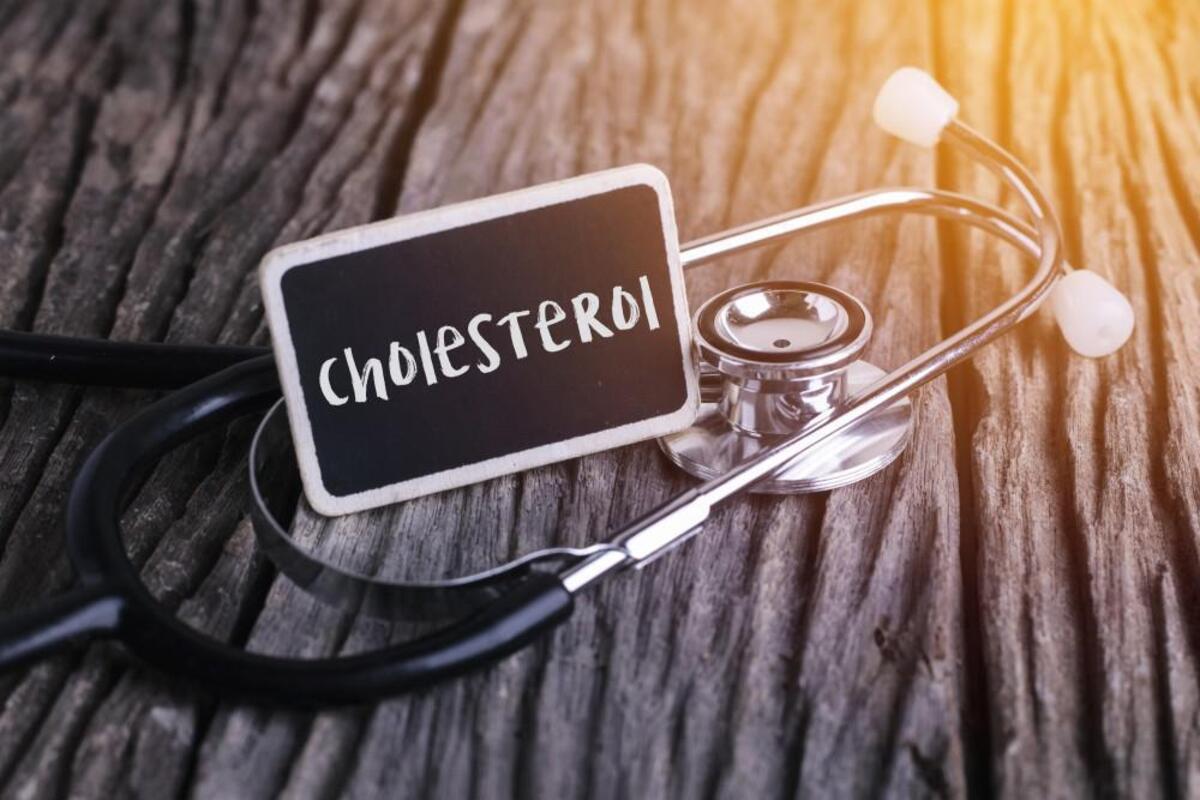Cardiovascular disease (CVD) is a leading chronic disease and cause of death globally. It is estimated that about 92.1 million U.S. adults have at least one type of cardiovascular disease, including a history of heart attacks, deep vein thrombosis (DVT), or stroke. Most heart and blood vessel diseases are caused by a buildup of a waxy, fat-like substance called cholesterol. When total cholesterol and/or LDL (low-density lipoprotein) cholesterol is elevated, it creates a narrower path for blood to travel to and from the heart, thus increasing the risk of high blood pressure, heart valve problems, chest pain, and other issues. High cholesterol is a strong risk factor for CVD, including a certain type of CVD called Atherosclerotic Cardiovascular Disease (ASCVD). Some people are prone to higher cholesterol due to a genetic condition called “familial hypercholesterolemia,” however most of us can take control of cholesterol levels by following these six healthy eating habits regularly.
1. Eat low-sodium plant-based proteins
Advertisement
Protein doesn’t just mean meat, poultry, or fish. It also means consuming a generous amount of plant proteins like beans, lentils, soy, peas like black-eyed peas or split peas, and unsalted nuts and seeds with meals and snacks. Most of us should strive for half or more of our protein choices as plant-based, and most of that amount as minimally processed plant protein. Try opting for a lentil patty rather than a “beef-like” meat analogue for your next burger, or nutritional yeast rather than non-dairy “cheese shreds” on your pasta dish.
2. Make at least half of your grain intake to be whole grain
Whole grains include all parts of the grain kernel: bran, endosperm, and germ. These layers of grains all contribute unique and important nutrition to our diets. Unfortunately, refined grains (non-whole grains) have removed at least one of these layers in processing and likely are just left with the starchy endosperm layer. Thankfully there are tasty whole grain choices like oatmeal, whole grain spaghetti, whole wheat bread, quinoa, or brown rice that are easy stand-ins for the classic refined options that might be normally consumed. Whole-grain intake is associated with better-managed cholesterol levels, and grains like oats and barley contain soluble fiber to directly help bring down total cholesterol levels.
3. Consume healthy fats
Although cholesterol is a fat-like substance, we still need to include fat in our diets! However, choosing the right types of fat needs to be the focus. A higher proportion of healthy fat from unsaturated fat sources like ghee, nuts and nut butter, seeds, canola oil, olive oil, and avocado rather than unhealthy saturated fat sources like tropical oils (coconut oil, palm oil, etc.), hydrogenated oils, or high-fat meat and dairy, has been evidenced in research to lead to better cholesterol outcomes.
4. Increase the variety of fruit and vegetable intake
Hopefully, it isn’t new news that fruit and vegetable intake is beneficial to our health. And achieving an ideal cholesterol level is no stranger to this recommendation. Most adults should consume at least three servings each of fruits and vegetables daily to control blood cholesterol, and the hope is we meet this goal by eating a mixture of many kinds of fruits and vegetables.
Fruit intake tends to come easier to most of us, as it is sweet, making for a nice snack option or even an easy addition to a dessert. Vegetables can be more of a struggle. Aim to incorporate more vegetables by adding them to things you already like.
5. Drink unsweetened beverages
It’s often convenient to turn to sweetened (and caffeinated!) drinks as a pick-me-up throughout our day. However, excess added sugar can play a part in increasing our cholesterol. Water should be the first drink we strive to sip on, however other tasty and appropriate drink choices include flavoured seltzer waters, tea, or coffee that is unsweetened or sweetened with a sugar substitute, 100% juices, unsweetened smoothies, or fruit-infused water.











